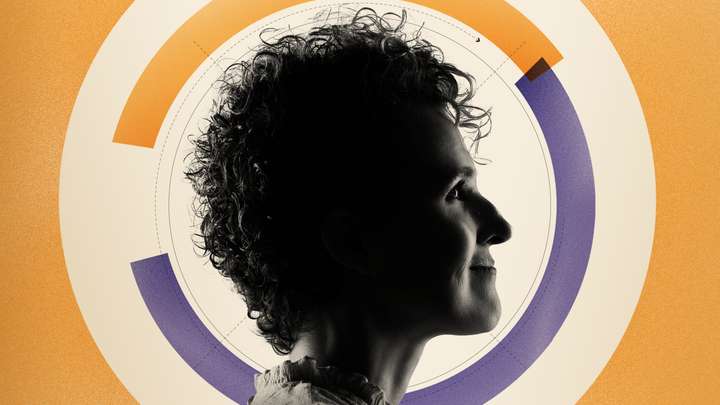
Teaching Tolerance, Political Party Economic Reality, Cyberattacks
Top of Mind with Julie Rose - Season 1, Episode 386
- Sep 21, 2016 6:00 am
- 1:42:20 mins
Teaching Tolerance Amid 2016 Election Guest: Maureen Costello, Leads the Southern Poverty Law Center’s Teaching Tolerance project Every four years, the presidential election is a perfect civics lesson opportunity for teachers of all grades. They decorate their classrooms in red, white and blue, hold mock elections and use the campaign to basically illustrate how American democracy works and why it’s so great. But this year is different – and to put it bluntly, not so great. A survey of some 2,000 school teachers taken at the height of the primary election this year found more than half of teachers said they’ve seen an increase in uncivil political discourse among their students – including a spike in bullying. Nearly half are reluctant to even bring up the election because of the chances it’ll stoke fear or spark unpleasant conversation in class. The Different Economic Realities of Democrats and Republicans Guest: Ian Anson, PhD, Assistant Professor in the Department of Political Science at the University of Maryland, Baltimore County Listening to politicians talk about the economy during an election year feels like looking in a funhouse mirror. Time after time, when we hear Democrats or Republicans, they paint opposite pictures of the economy. Now, this is not really surprising in an election year, because history has shown a strong economy favors the incumbent party. So Republicans have a motive to make the current situation as terrible as possible. Social Media and Modern Warfare Guest: Thomas Zeitzoff, Assistant Professor in the School of Public Affairs at American Univeristy Since its inception, media has been used to show the face of war. In the Civil War, newspapers and the telegraph enabled political parties to report details from the battle front to their sympathizers in record time. The Gulf War in 1990 is considered the first to play out on live TV, when cable news broadcast actual footage from both sides of the conflict as it happened. That feels almost antiquated today when Youtube, Face








